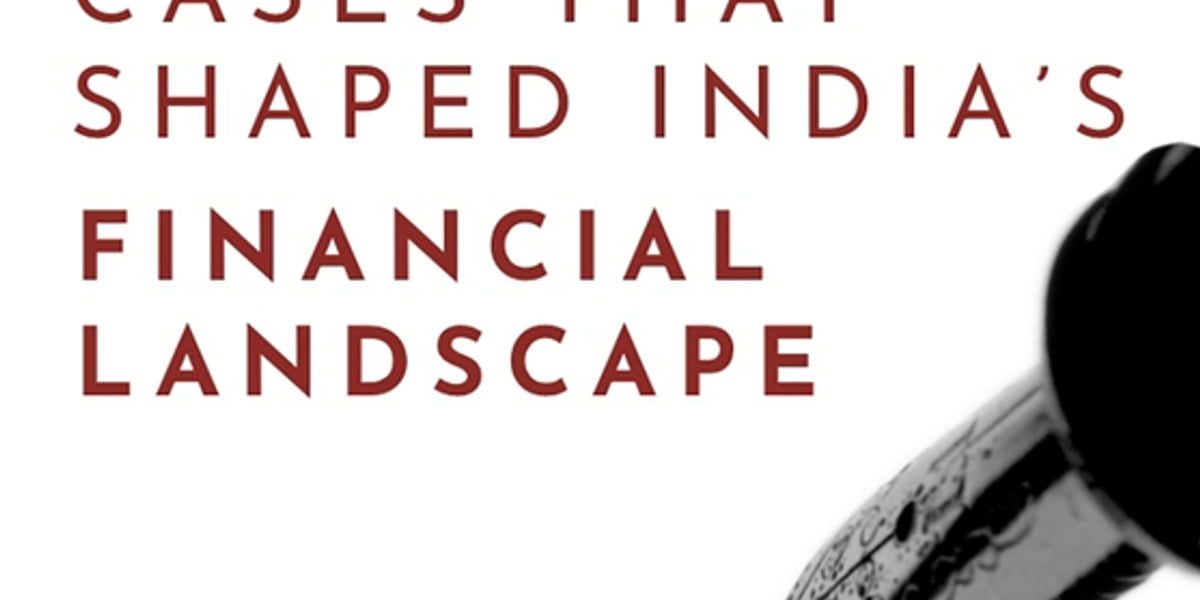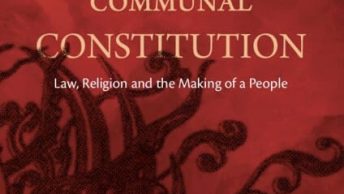Saurabh Kirpal’s “Fifteen Judgments: Cases that Shaped India’s Financial Landscape” is a valuable resource for those seeking to understand the interplay between Parliament, the executive, and the judiciary. It provides a comprehensive, sociological, legal, and historical perspective on key judgments that have shaped the financial landscape of India. This book allows for a holistic understanding of the factors that have shaped the present and may shape the future, by providing context for current laws and regulations. It is not only useful for legal professionals and scholars, but also for anyone interested in understanding the history of laws and how they shape society.
“Fifteen Judgments: Cases that Shaped India’s Financial Landscape” is a book that goes beyond just presenting legal history. The author, Saurabh Kirpal, has a unique way of narrating the story, almost making it feel like a time travel experience. I found the book to be engaging and informative, and I highly recommend it to anyone interested in understanding the financial landscape of India. This book is a good investment of your time.
Starting from the land reform cases in the 1950s to the validity of the bitcoin ban imposed by the RBI, the book illuminates every important lamp-post as India traversed its legal-financial history. It is a comprehensive and insightful work that delves deep into the legal cases that have shaped India’s financial landscape. The author provides a detailed and well-researched analysis of each case, including the key issues at stake, the impact of the judgments on the Indian economy, and a historical context of the socio-political climate of that time. The book not only gives an understanding of the past but also explains the present position of the laws and regulations.
It is not just a dry legal text, but it is laced with interesting additional information that makes it engaging for even the most seasoned legal professionals. For example, in the chapter dealing with the bank nationalization case, the author not only provides a detailed analysis of the case but also gives an insight into a club of the then Congress leaders who wanted Indira Gandhi to succeed as the Prime Minister, and also mentions how R.C. Cooper abandoned his political party and went on to work as an economic consultant in Singapore after the case. This extra information adds an interesting layer to the book, making it a must-read for those interested in understanding the financial landscape of India.
One of the key strengths of the book is its ability to make complex legal concepts and cases accessible to a wide range of readers. The author does a great job of breaking down the legal jargon and providing clear explanations of the key points. Additionally, the book provides a wealth of historical and contextual information, which helps to give readers a deeper understanding of the significance of each case. This is a remarkable aspect of the book because often lawyers who author books are unable to simplify their language. Consider this simple formulation that differentiates tax planning from tax avoidance: “In effect, the Court held that a heavy onus lay on the revenue department to show that the entire structure of holding companies and subsidiaries had been planned with the sole aim of avoiding payment of taxes. If, however, there were any business reasons for creating such a structure the Court could not pierce the corporate veil even if tax was being avoided.”
No chapter is a simple discussion of a judgment. For example, when Kirpal explains Tata Cellular’s judgment, he also discusses the Public Procurement Bill, 2012, and the possible interplay of the adoption of the UNCITRAL Model Law on public procurement. He leaves the readers with a lingering thought of possible expansion of the law on limited scrutiny of economic decisions – something that was mildly suggested during the argument in the Demonetisation Case recently.
Another strength of the book is its focus on the practical implications of the judgments. The authors provide clear explanations of how the cases have shaped the financial landscape of India, and how they continue to impact the economy today. This makes the book particularly useful for anyone with an interest in the financial sector or Indian law. For example, the chapter on aadhaar also underscores the need “for a dispassionate analysis of how the Aadhaar scheme has worked. The problem of exclusion of intended beneficiaries appears to be real and clearly needs to be addressed on an urgent basis. On the other hand, the scheme has had very positive economic benefits…”
Overall, “Fifteen Judgments: Cases that Shaped India’s Financial Landscape” is an excellent resource for anyone interested in the legal and financial history of India. The book is well-researched, well-written, and provides a wealth of useful information. I’d highly recommend the book.
****
Talha Abdul Rahman is an Advocate on Record at the Supreme Court of India.






[…] Posted byTalha Abdul Rahman […]
Such an interesting review kept me all way intact to read the review.